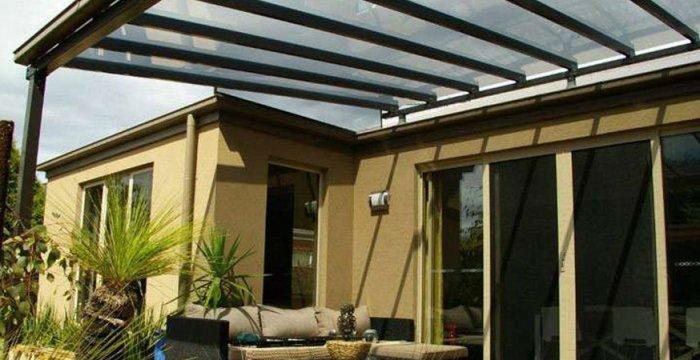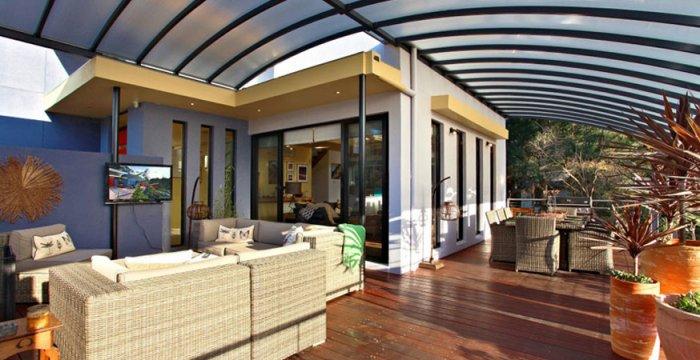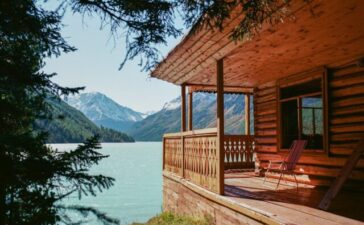Plenty of homeowners have benefited from the addition of a verandah – the resulting covered space not only provides protection for those waiting at the door, it can double as an outdoor entertaining or alfresco dining space that is hidden from the elements. As the years pass, however, some homeowners find that their verandah roofing is not as waterproof as they first believed. What on earth is going on here and how can the problem be resolved?

How on earth have these leaks developed?
One of the most common reasons behind verandah roofing leaks is the gradual deterioration of the bitumen-impregnated foam (which is used to seal and waterproof the back channel that attaches the structure to the house). As long as the foam remains flexible, it will continue to provide a reasonable seal. As time passes, however, extended exposure to the hot summer sun and freezing winter cold will cause the foam to harden and become brittle.
 Eventually, this seal will become so ineffective that water simply works its way past the foam. As the water has often run off the house’s roof first, it will bring with it mud and debris that only further accelerate the destruction of the seal. Some of the other causes of leaks include impact damage (such as a branch falling onto the roofing), improper sealing or attachment to the side of the house, and animal interference (such as possums).
Eventually, this seal will become so ineffective that water simply works its way past the foam. As the water has often run off the house’s roof first, it will bring with it mud and debris that only further accelerate the destruction of the seal. Some of the other causes of leaks include impact damage (such as a branch falling onto the roofing), improper sealing or attachment to the side of the house, and animal interference (such as possums).
How can I put a stop to these leaks?
There are a number of ways that leaks in verandah roofing can be permanently repaired; the most successful of these is a technique that completely covers the area where the structure is attached to the house. It also runs up the wall and under the gutters located on the house roofing. This makes it impossible for water to go anywhere but the gutters. This technique is known as scribed apron flashing and is customised to suit the unique shape and length of your verandah.
Another step that can be taken to repair leaks is to reseal the roofing, but it should be noted that this is only a temporary solution.
Whilst it is possible to make such repairs yourself, we definitely recommend seeking the help of a roofing professional like Quality Exterior Services. This will ensure that the repair is undertaken correctly, making your outdoor space usable once again for many years to come. Undertaking such repairs yourself, especially if you have little experience with such tasks, always poses the risk of something going wrong – the leaks could return in only a few months.
Pergola builders in Melbourne are an excellent way to bring a part of your home alive. Let’s take a look at a few pergola designs ideas that you can consider.





